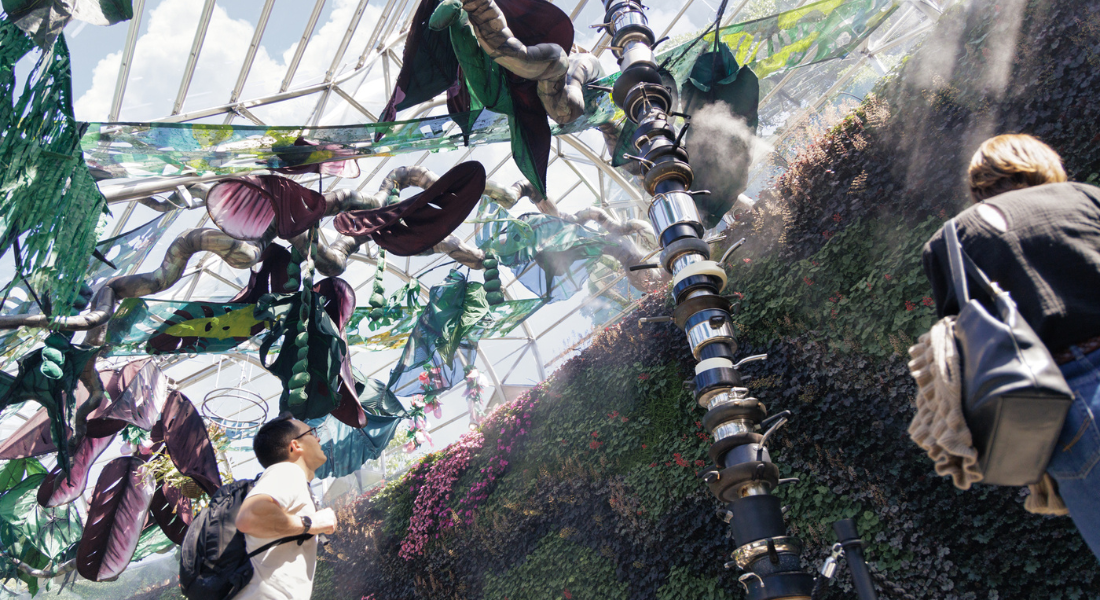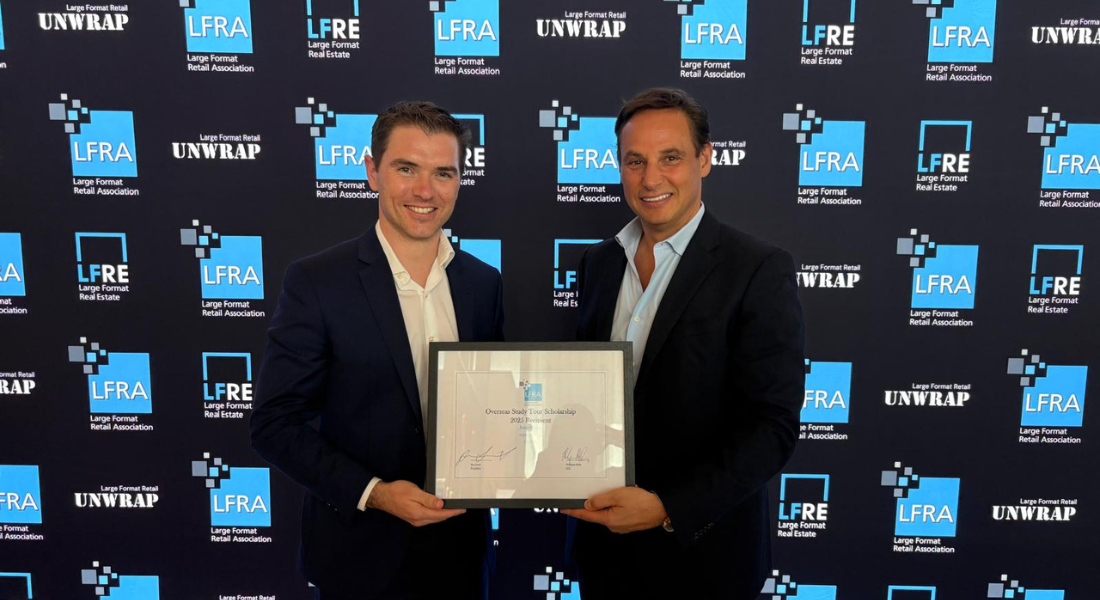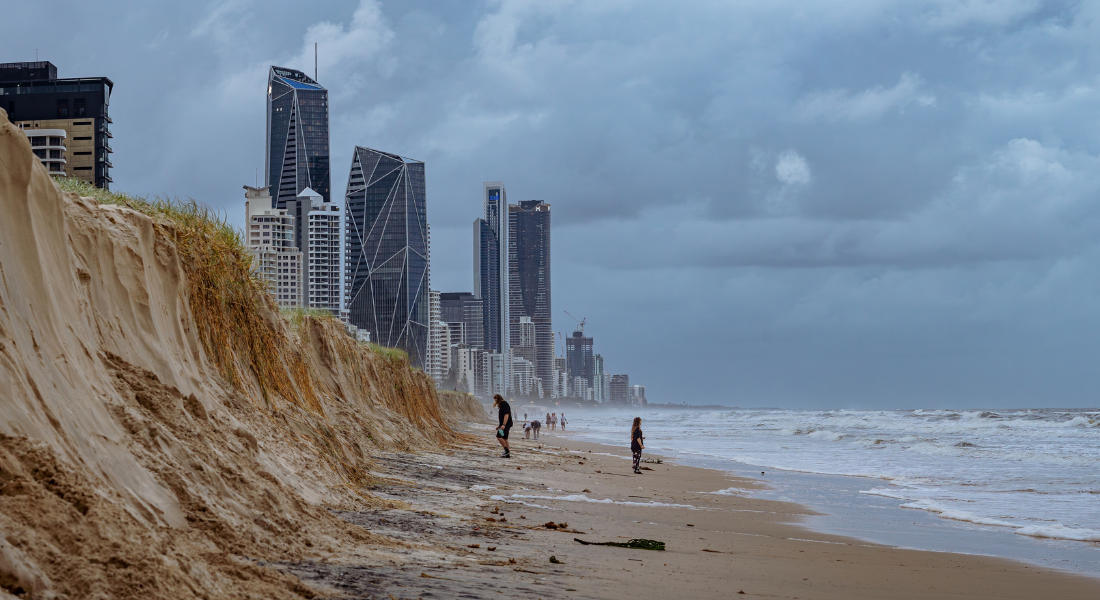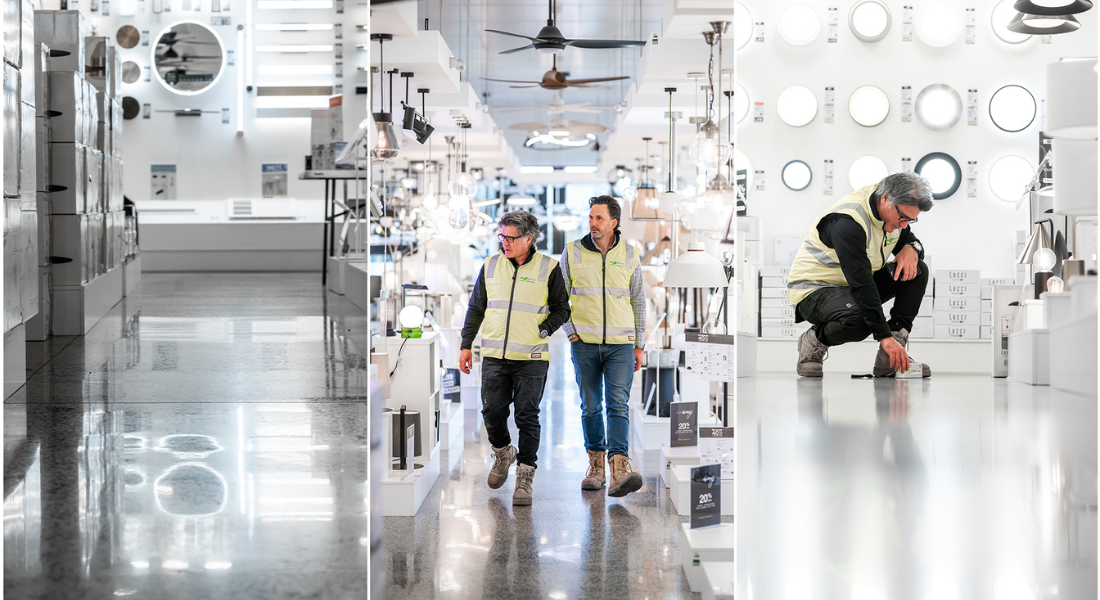Kitchen Warehouse campaign brings circularity with “Great Pan Exchange” campaign to address sky-high problem

In a move to combat a hidden environmental issue, Kitchen Warehouse has launched a nation-first recycling campaign in collaboration with creative agency, Berlin.
Central to this campaign is a 700-metre-high artwork installation at Sydney’s Royal Botanic Gardens, titled the ‘High Fryer’. The initiative aims to draw attention to the 2.5 million pots and pans that go straight to landfill each year, a waste problem that significantly impacts the environment.
Australians spend around $988 million on cookware each year, with many opting for cheaper pots and pans which are less durable. A new study commissioned by Kitchen Warehouse reveals that on average, 7,000 pots and pans are being dumped each day, wasting valuable metal and other components that could be recycled rather than ending up in ever-growing landfills.
The ‘High Fryer’ sculpture allows the public to visualise what that full-size tower would look like, with a virtual extension to an eight-metre base. The structure soars through the roof of the Calyx – an enormous glass enclosure at the Gardens -rising above the cityscape. This creates a striking ‘beanstalk’ of pots and pans stretching high above the clouds, to illustrate the magnitude of the problem.
“I love the concept of the High Fryer, it’s a great visual depiction of a problem most people don’t know exists,” said Simon Lamplough, Chief Customer Officer, Kitchen Warehouse. “There is very limited awareness of the sheer scale of pots and pans which are going to Australian landfill, and by devising this ‘High Fryer’ 700 metres into the sky, taller than any building in the country, we hope people will sit up and take notice.”
The structure, developed by production company, Siamese coincides with the launch of The Great Pan Exchange by Kitchen Warehouse. This initiative encourages consumers to bring their old pots and pans to in-store collection points, which are being rolled out around the country for recycling, instead of discarding them in landfill.
Leveraging innovative recycling technology available in Australia, the initiative aims to reclaim materials like copper, steel, plastic, and wood, promoting sustainability.
Mr Lamplough said that while Aussies are facing household budget pressures, they are also increasingly conscious about the environment. Supported by Tefal, this exchange program gives consumers a way to dispose of their old cookware in a sustainable way and access to premium and more durable products at a lower cost.
“We know price is a big factor which drives consumer choice when buying cookware. But if you need to replace that pot every few years it’s not only costing the customer more; it comes at a cost to the planet. We want to encourage households to bring in their old pots to our stores and in return we’ll reward them with a discount on new, longer lasting cookware from Tefal,” Mr Lamplough said.
The campaign was applauded by the CEO of Banksia Foundation, Graz Van Egmond, who said such innovation from the business sector was a prime example of taking real action on sustainability on the eve of the Banksia Foundation’s National Sustainability Awards.
“Banksia Foundation recognises those leading the transition to a more sustainable nation across many different sectors. It can be alarming looking at the enormous number of pots stacked on top of each other that would go to landfill in a single day. But this exchange program highlights that no matter how daunting the challenge, solutions are out there,” Ms Van Egmond said.
Berlin Creative Managing Partners John Linton and Richard Berney said the concept behind the High Fryer came about purely from the mind-boggling quantity of waste being produced. The height of the structure was the perfect visual metaphor for the towering challenge consumers needed to be conscious of.
For Sydney-based artist and sculptor Rhys Norton, creating the eight-metre-high base of the High Fryer posed several logistical and aesthetic challenges, not the least, stitching together cookware of all shapes and sizes in a form that appears to be an organic structure.
“There were a number of challenges to bring this sculpture to life. The physical requirements of pots and pans stacked on top of each other was one of them, the weight and the height presented other challenges, but also engineering the structure so it was safely supporting while giving the illusion of free-flowing form. But overcoming these challenges is evidence that waste can be given new life and be transformed into in this case artistic beauty,” Mr Norton said.
The Great Pan Exchange will provide collection bins at Kitchen Warehouse stores around Australia, with the High Fryer sculpture to be installed at the Artarmon (NSW) store for the foreseeable future.






